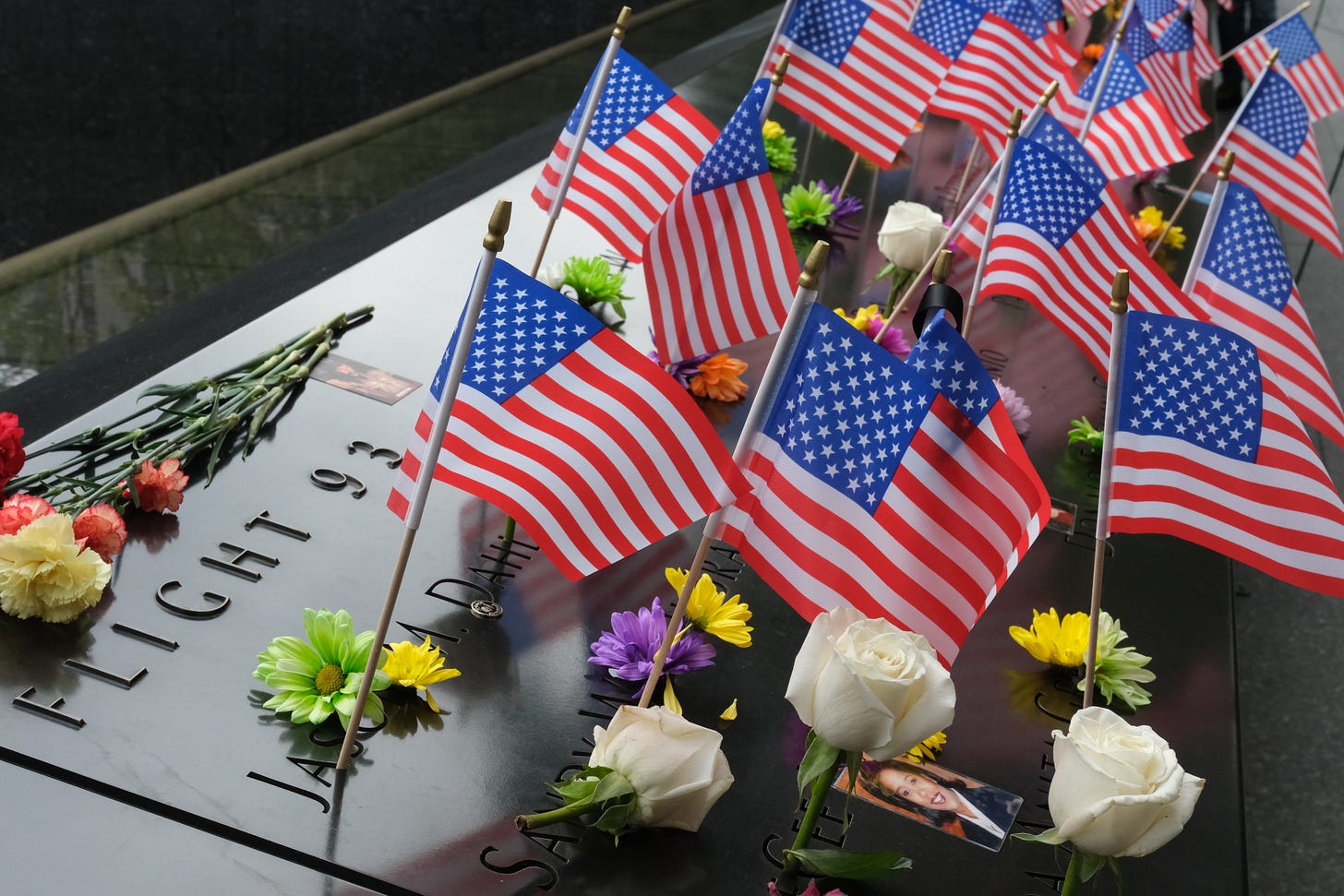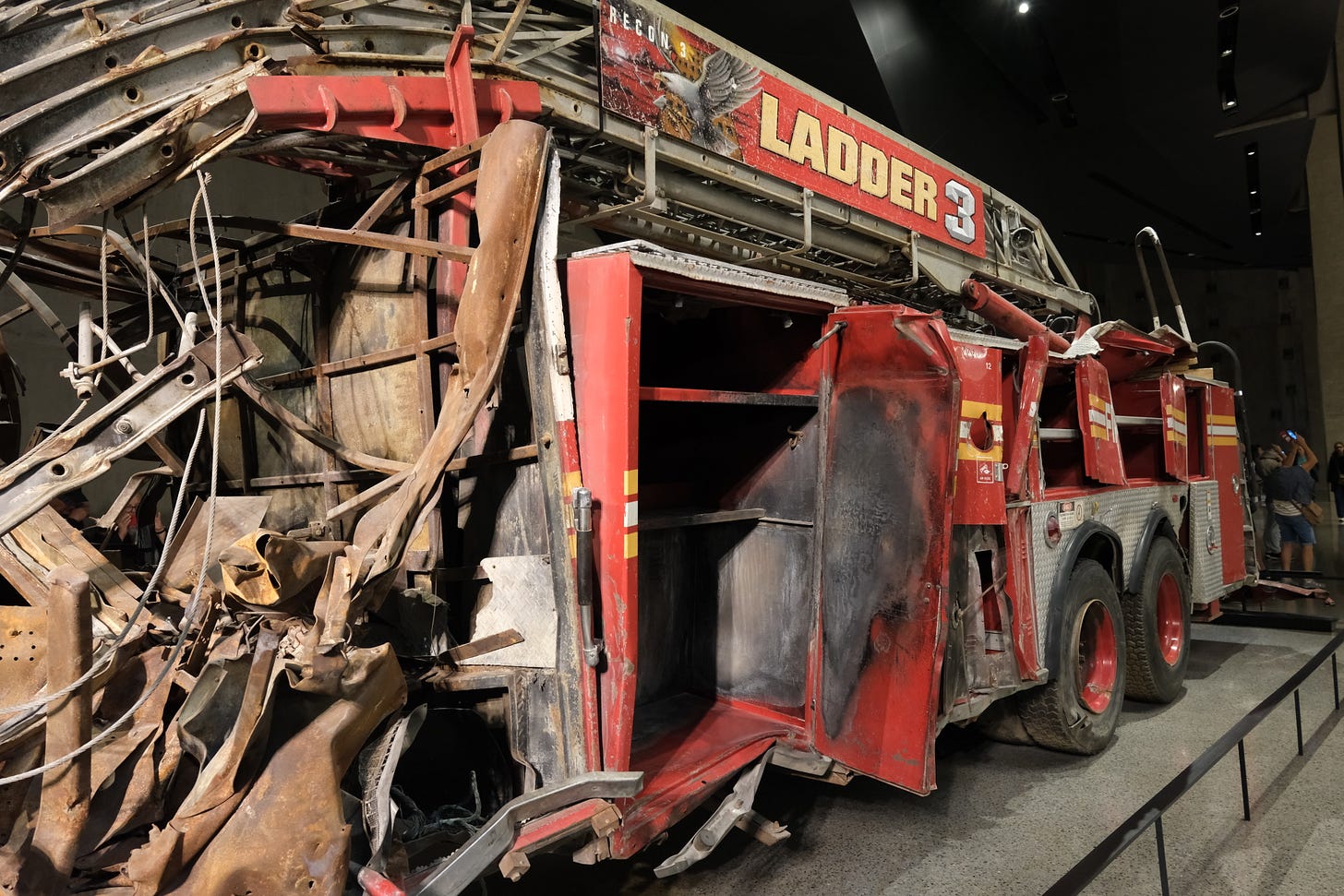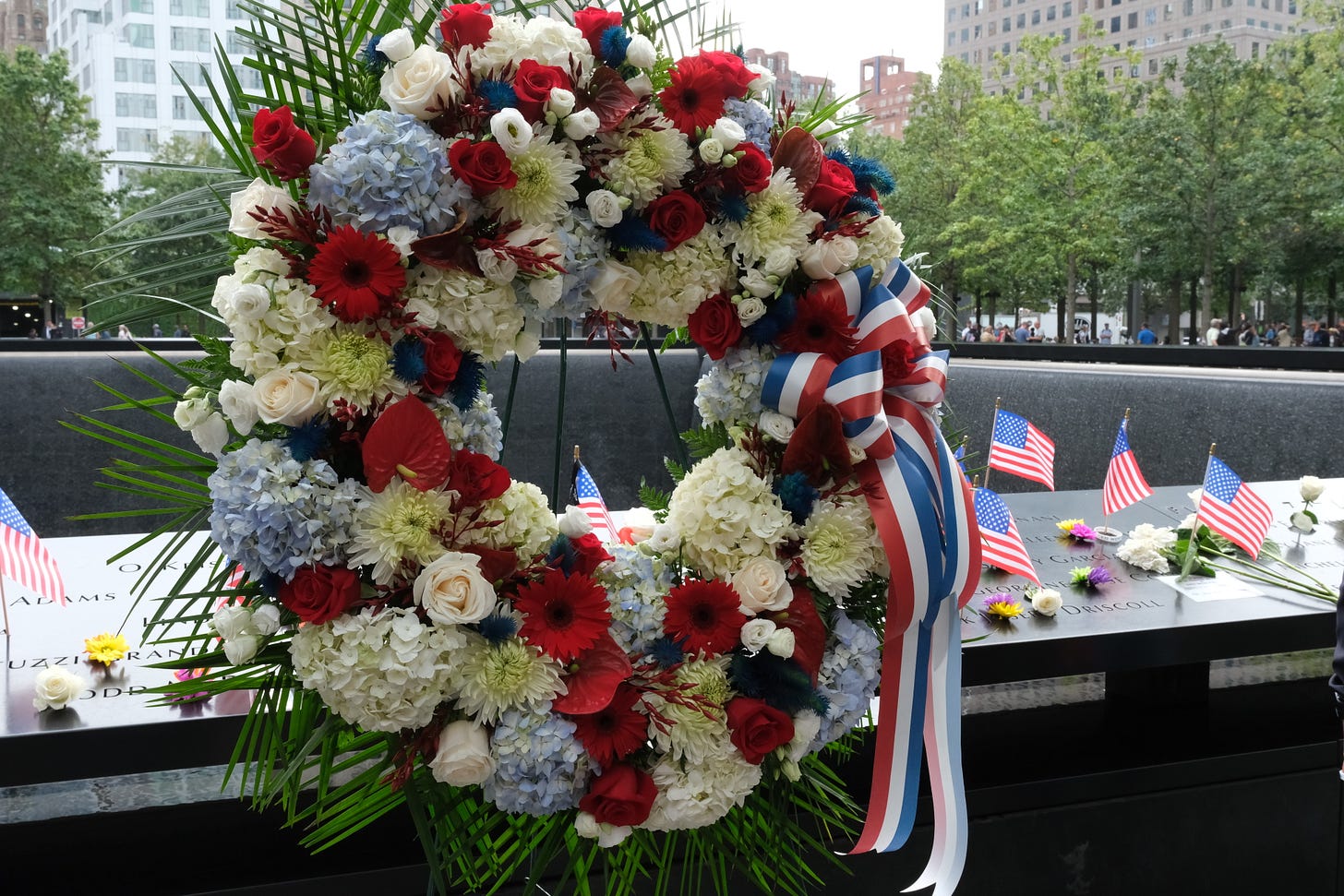9/11 and Historical Memory
Visiting the 9/11 Memorial & Museum is something all should experience.
Foreign Perspectives is a mix of free and paid content. Certain columns such as these are free for all subscribers, but other articles will be exclusive for paid subscribers. If you enjoy the work I do, please consider upgrading to a monthly or yearly subscription. Your support is greatly appreciated and ensures that this Substack can continue to deliver high quality pieces.
The September 11, 2001 terrorist attacks are nearly a quarter of a century behind us. Next year will mark the 25th anniversary of the worst day in U.S. history, which is a bittersweet milestone that I don’t think enough people grasp the significance of. That is especially true with younger generations of Americans who have no memories of 9/11 and, increasingly, no understanding of how much those events shaped the current trajectory of the 21st century.
I wasn’t old enough to remember 9/11 itself as someone born toward the end of 1997, but I distinctly recall growing up in the 2000s with the Afghanistan and Iraq Wars as a constant backdrop of my childhood. With that said, I didn’t grasp the full context and significance of 9/11 until I seriously started studying international affairs much later. I eventually spent so much time researching the subject that I was able to write about 9/11 professionally for outlets like The Japan Times and bring attention to the lesser known aspects of it on social media.
It was with that background that I finally made an auspicious pilgrimage to the National September 11 Memorial & Museum yesterday, having booked a tour of the premises with my wife while we were visiting New York City this week. I would have gone today, but the area is largely closed to family members of victims for their own personal remembrance ceremony. Yet even on the day before 9/11, one immediately feels the weight of history in the air.
The main memorial site of two reflecting pools symbolizing where the Twin Towers once stood is easily the most peaceful location in New York City. Crashing sounds of water landing on the granite basins below create an aural effect that drowns out the noises of traffic and airplanes, while all those present know that they’re treading on sacred land. The 400 swamp white oak trees, native to New York, West Virginia, and Pennsylvania, are planted throughout the grounds because they represent victims from all three locations of 9/11. Those are the kinds of careful details that went into the arduous process of creating this special place.
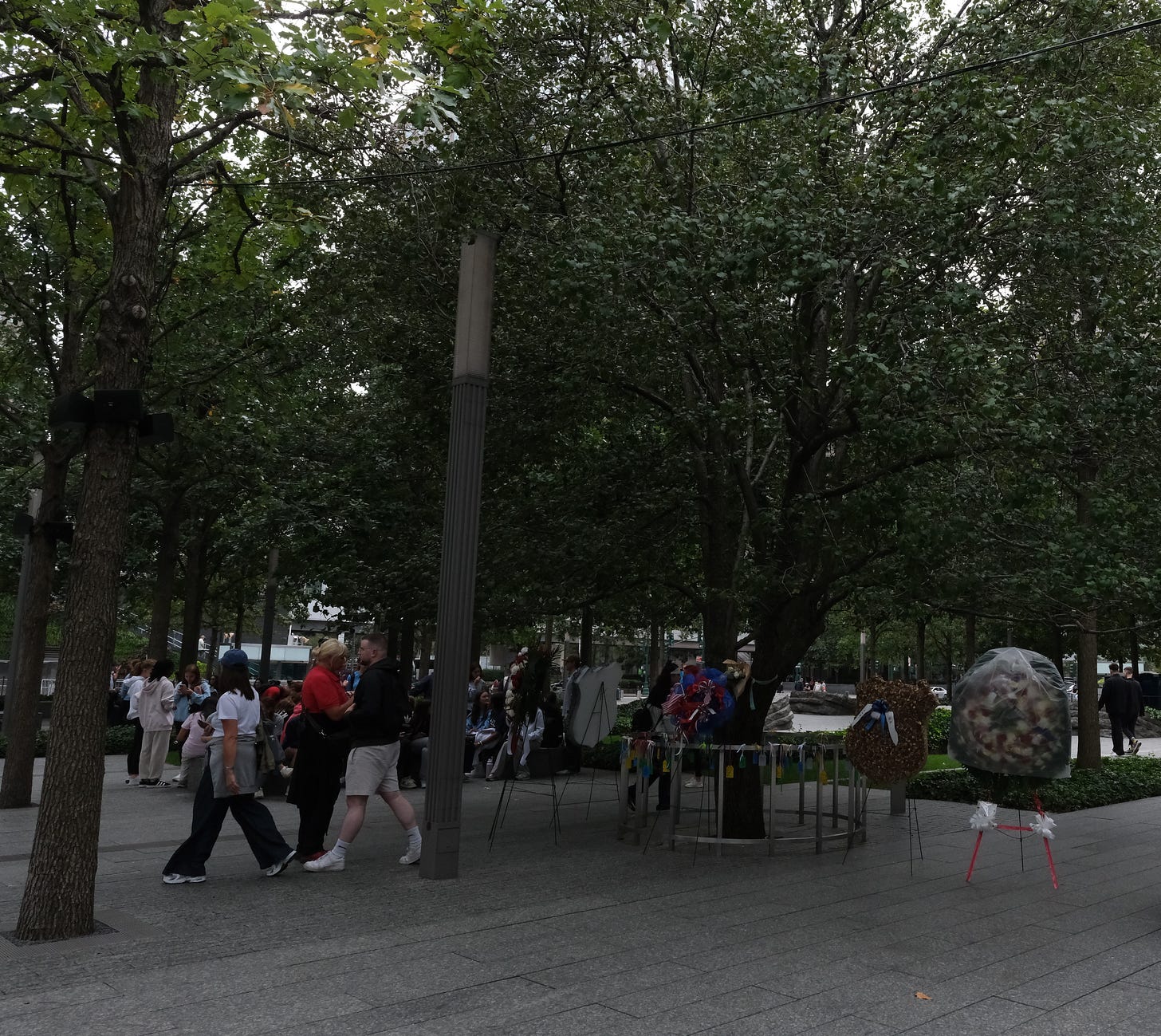
Here amid the hustle and bustle of the busiest metropolis on earth is a space dedicated entirely to solemn reflection. Every single victim’s name is written on the panels installed around the reflecting pools and grouped not by alphabetical order, but in careful consideration of the friends and colleagues they worked with every day in the towers. Those who were on board the hijacked planes, at the Pentagon, or even killed in the original 1993 World Trade Center bombing are also included. With their names physically carved out via hollow gaps in the metal, an endless supply of flowers and photographs from loved ones is always present.
The adjacent museum provides one of the most exhaustive overviews of 9/11 a person could ask for. It was set to close early in preparation of today’s memorial and the general admission line was completely packed with visitors, but we were able to gain instant access due to booking group tickets ahead of time. I’m glad things turned out this way because visiting will not be an experience I’ll easily forget. Despite knowing the general timeline of 9/11 pretty well at this point, little can really prepare you for how emotionally draining the exhibits are.
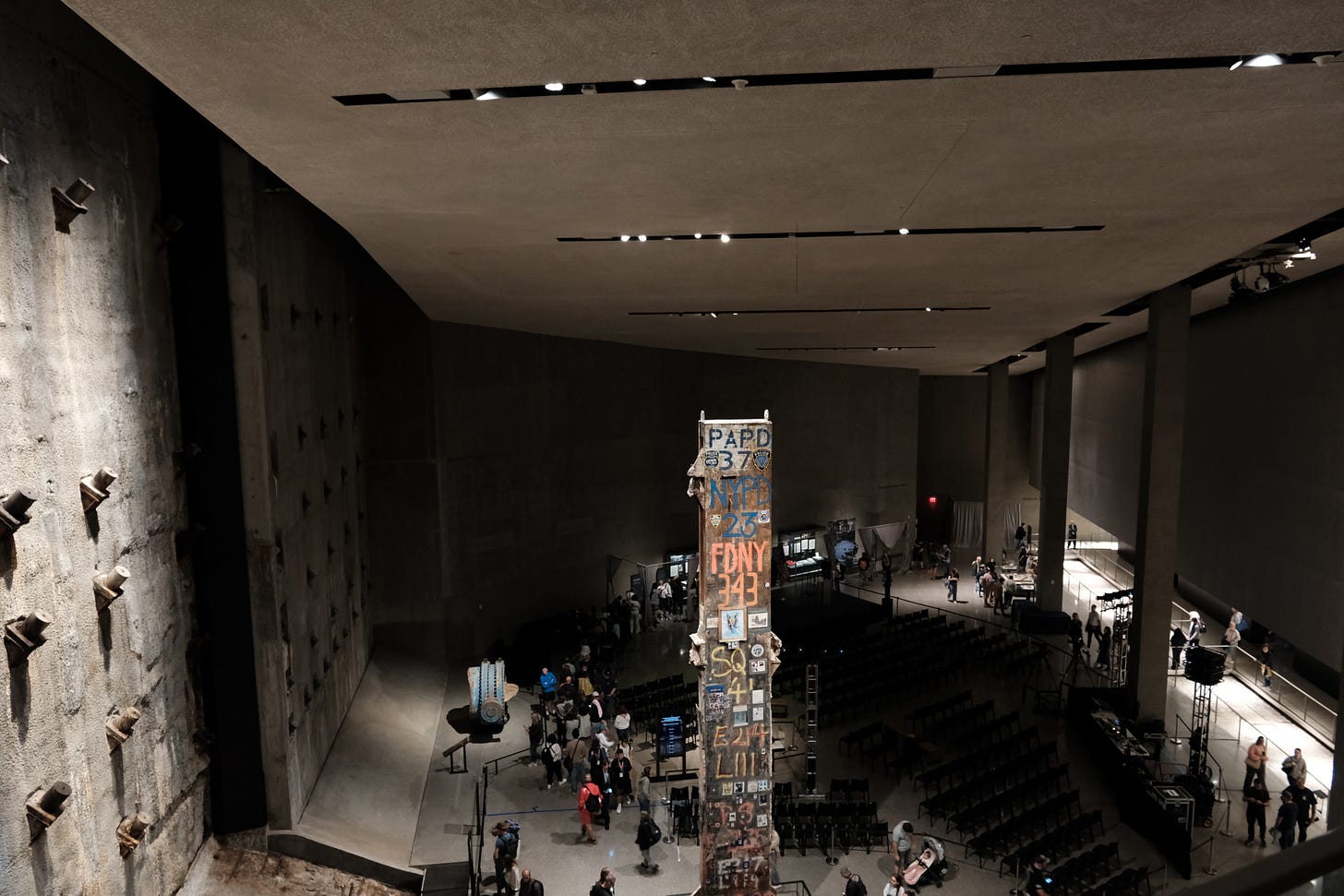
Everything from the largest steel beam to the smallest scrap of office paper is meticulously preserved and given a full explanation. You should plan to spend a full afternoon here due to the crowds, but also because there’s simply so much information to fully process. I was reminded of similar museums in Japan dedicated to the atomic bombings of Hiroshima and Nagasaki, but this one goes into even more extensive detail. It’s heavy stuff that many will find difficult to come to terms with, but not facing the gravity of what happened is how history becomes forgotten.
Indeed, precisely how the history of 9/11 should be remembered is itself a central theme of the entire site. The memorial was not established until 2011, while the museum finally opened to the public in 2014. With thousands of people affected and the family members of the deceased being a powerful lobbying force, creating a place that properly honored everyone connected to 9/11 was no easy task. I walked away with the impression that they did as good of a job as could be expected.
In my time researching 9/11, I’ve come across horrible photographs of “jumpers” — the colloquial term for people forced to make the impossible decision to leap from the World Trade Center and receive an instant death or be burned alive in the smoldering flames where they stood. I’ve seen other disturbing images of severed human limbs on the streets below and Pentagon victims reduced to literal ash. With 9/11 having taken place in a pre-smartphone, pre-social media world, those with cameras were very selective in what they shot and the most unsettling media was often cut for broadcast on television or print in newspapers.
You won’t find any explicit pictures of gore at the 9/11 museum, but there was obviously no way such material would ever be widely shown to the public. I’m of mixed feelings around this choice because while I understand the need to keep things to a certain level out of taste, it comes close to whitewashing just how bad things truly were on that day. In the years after 9/11, we’ve certainly seen some misguided attempts to make it more “palatable” to Americans.
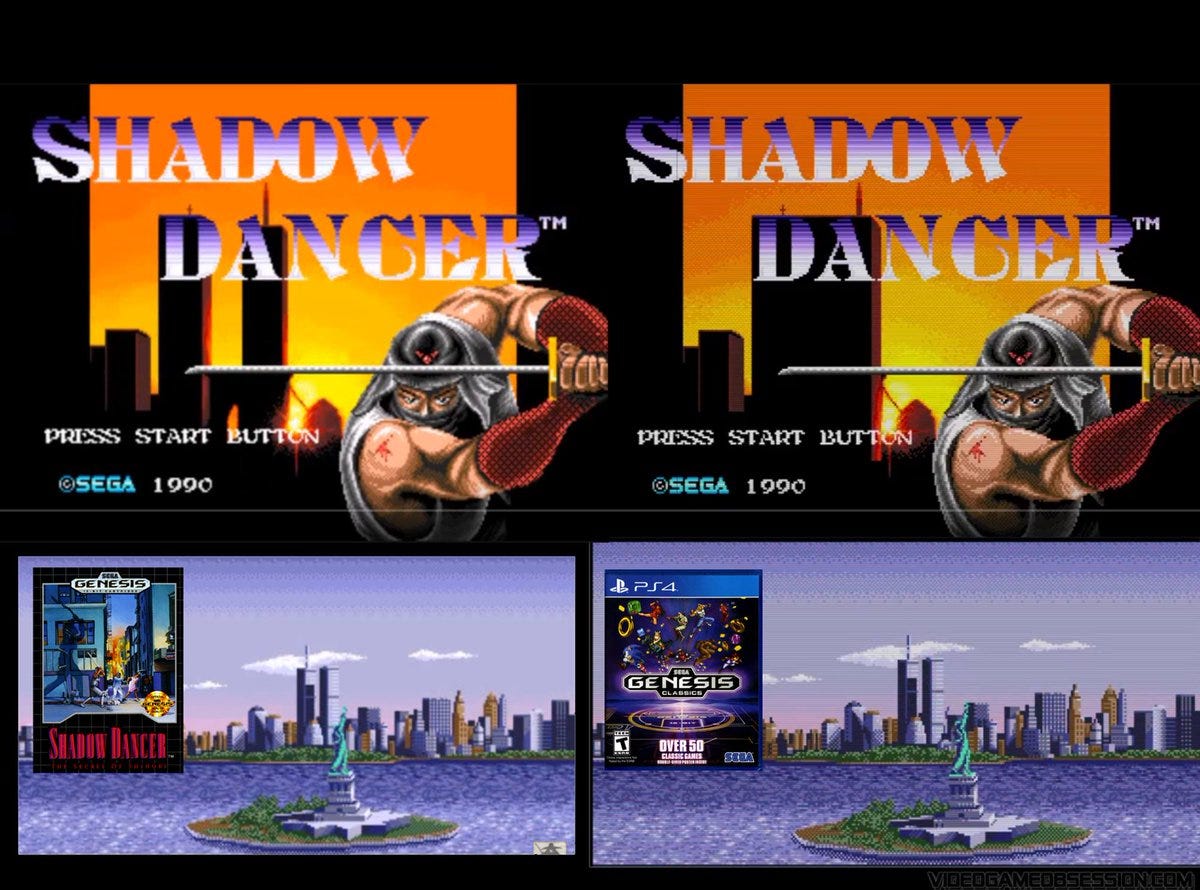
For quite some time there was this frustrating post-9/11 trend to remove any depictions of the Twin Towers in pop culture. Movies like The Bourne Identity and video games like Metal Gear Solid 2 had their plots significantly altered, which made some sense given the sociopolitical climate of the time. Far more unacceptable was censors feeling the need to airbrush any World Trade Center references out of media that already existed such as in Home Alone 2 and The Simpsons. Considering that al-Qaeda’s goal was to morally weaken Americans and break their spirits, there’s an irony that in some ways they got their wish with how taboo the Twin Towers became.
Thankfully, the 9/11 Memorial & Museum largely succeeds in striking a balance between proper historical documentation and conveying the gravity of what happened without needing to resort to provocative imagery. There’s a time and a place for more shocking photographs, but those are probably best left to online archives that can be freely accessed. For a public-facing site that’s primarily intended for general education, I doubt much could be done better. You can’t teach people if you scare them off.
The 9/11 Archive on Reddit is the definitive online source for all things 9/11. It is run by mods who are dedicated toward covering it from all possible angles, and their tireless efforts have allowed for “lost media” around the events to be saved. Many videos that were taken on that day remain in government possession, stuck on aging analog tapes, or have remained forgotten in private collections. Some material is locked away behind layers of legal tape, but much of it only needs to be found and properly digitized. In 2024, an hour of new World Trade Center collapse footage was posted online by a Japanese tourist who was in New York City on September 11, 2001, but he never publicly released it until 23 years later. Who knows what else is out there?
Still, we also need physical places like the 9/11 Memorial & Museum to preserve history more than ever now. The current digital landscape of fake news is causing many to doubt their very eyes whenever new photographs or videos are posted online. Conspiracy theories around 9/11 have always existed of course, but the rapid evolution of AI will only make separating fact from fiction all the more difficult in the years and decades to come. There will come a time around the end of the century when the public remembers 9/11 like the sinking of the Titanic — a devastating tragedy in its time, but a distant memory after all those who survived it are no longer around. “Never Forget” can only have real meaning if the record is made now.
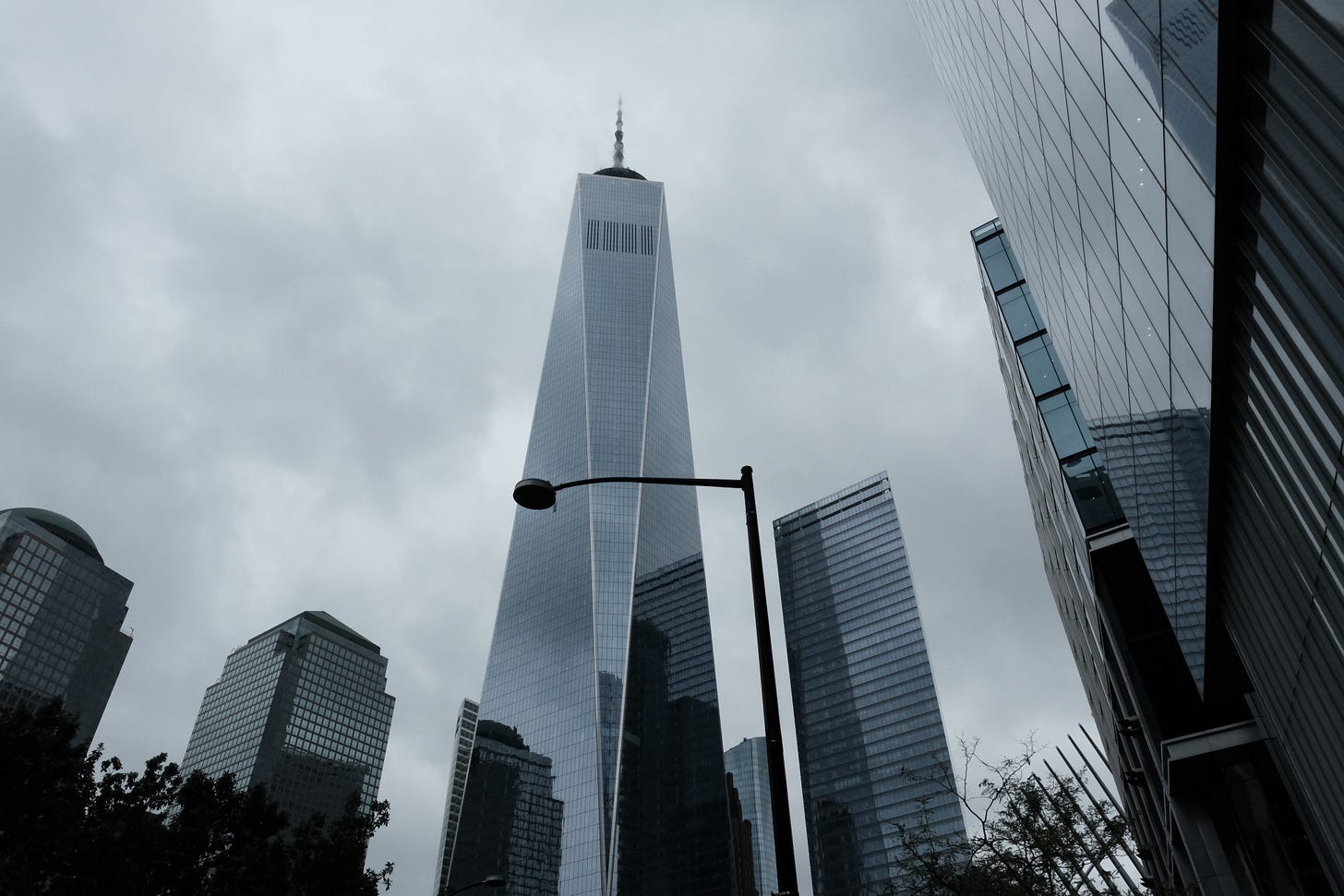
Foreign Perspectives is a reader-supported Substack. If you like my work and have come this far, consider opting for a paid subscription so I can continue writing in-depth articles such as these on a regular basis. Your support is greatly appreciated!


